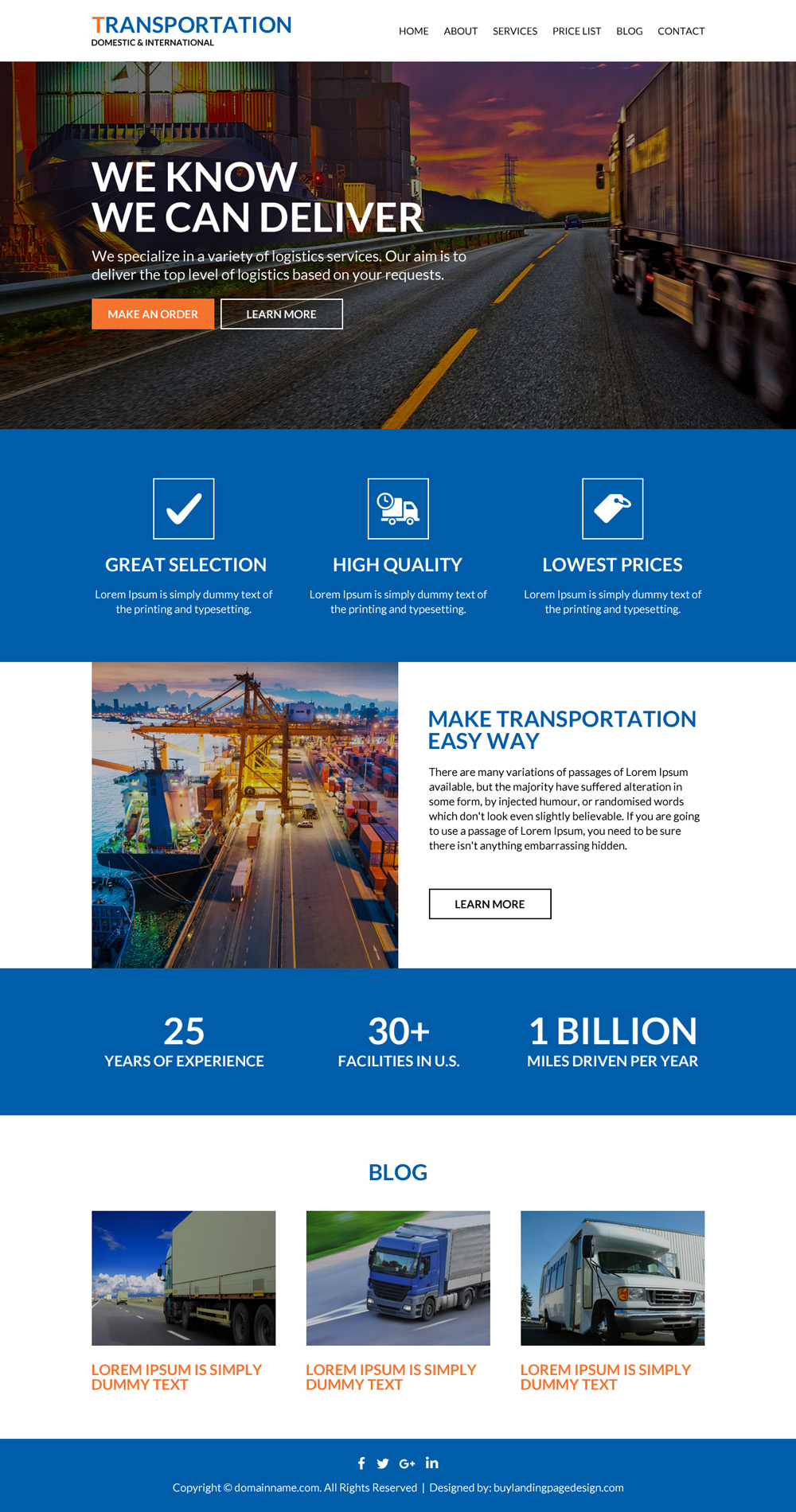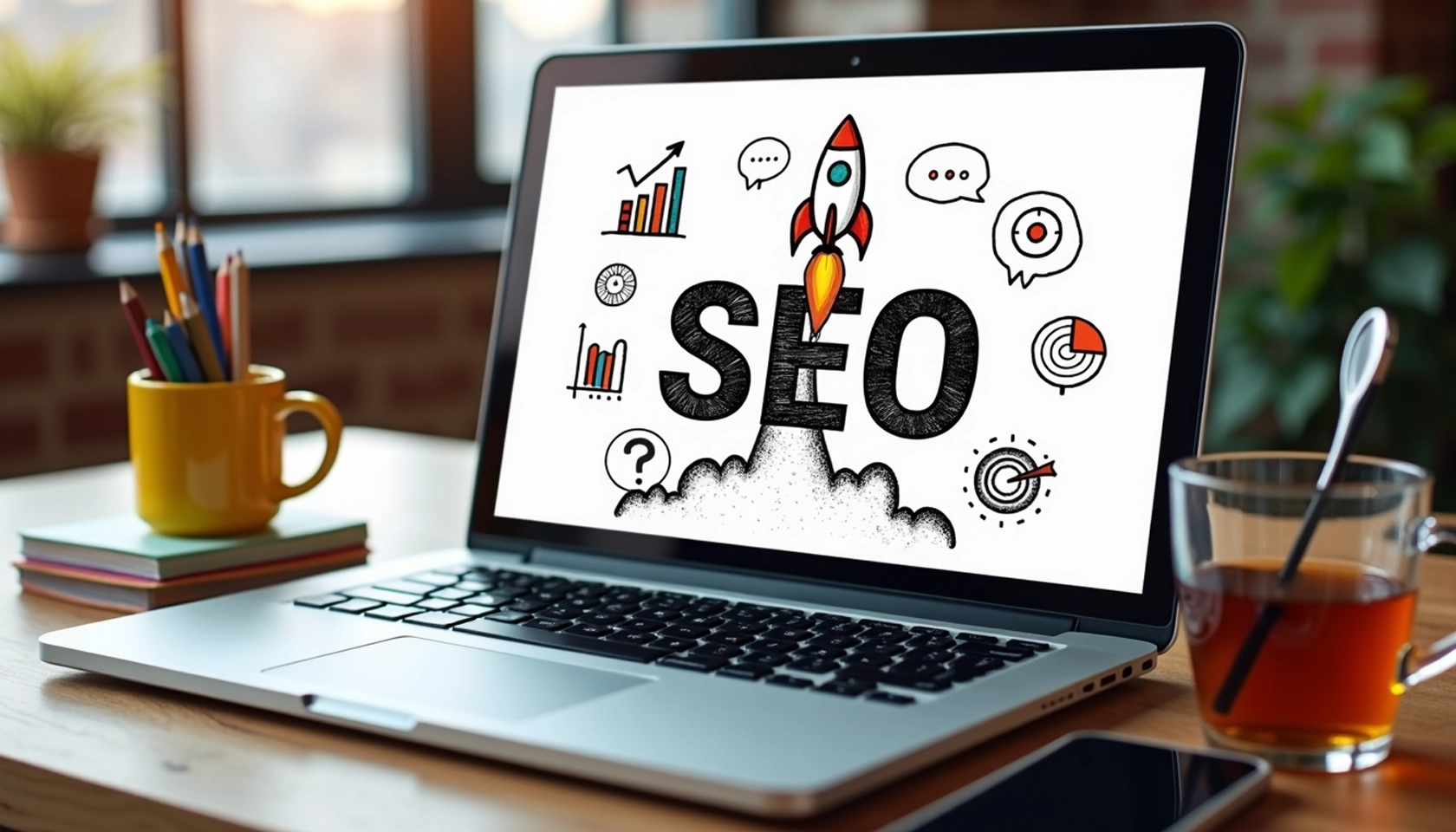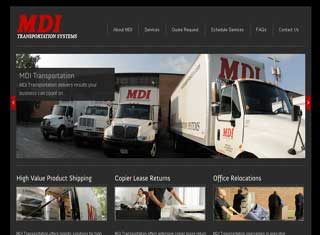How to Make Mobile-Responsive transportation web design.
How to Make Mobile-Responsive transportation web design.
Blog Article
Just How Specialized Transportation Internet Style Aids Improve Customer Engagement and Conversion
In today's affordable landscape, specialized transport website design plays a crucial function in enhancing client engagement and driving conversion prices. By focusing on user-centric attributes, these websites not only improve navigating however also adjust seamlessly to various tools, ensuring accessibility for all customers. Additionally, the strategic combination of visual aspects and clear call-to-action triggers can significantly affect user habits. As we check out the crucial elements that add to an effective design, it ends up being evident that comprehending these components can bring about transformative results for businesses in the transport sector. What particular approaches have proven most effective?
Significance of User-Centric Layout
In today's digital landscape, a user-centric design is critical for specialized transportation internet systems - transportation web design. This strategy focuses on the requirements and preferences of users, boosting their total experience while browsing complicated transportation services. By concentrating on usability, availability, and intuitive navigating, organizations can promote a sense of count on and reliability amongst clients, which is essential in the transportation sector
User-centric layout includes extensive research to understand the target market's habits, motivations, and obstacles. This understanding informs the growth of attributes such as streamlined reservation processes, very easy access to service details, and receptive client assistance. Furthermore, personalization can be integrated to accommodate private customer choices, causing enhanced engagement and satisfaction.
Executing a user-centric style not just enhances the functionality of transportation internet platforms yet likewise enhances conversion rates. When users locate a platform very easy to browse and responsive to their requirements, they are most likely to full deals and return for future solutions. Eventually, a well-executed user-centric design adds to the overall success of specialized transport businesses by improving client loyalty and motivating repeat organization.
Effect of Aesthetic Elements
While the performance of a specialized transportation web system is important, the influence of aesthetic elements can not be ignored. A properly designed visual design plays a critical function in catching customer focus and helping with information retention. Efficient usage of color, typography, and imagery not just boosts the aesthetic allure but also communicates brand identity and professionalism.
Visual aspects, such as top notch photos of transport solutions, can stimulate trust and trustworthiness, encouraging prospective customers to engage even more. Infographics and icons streamline complex info, making it a lot more absorbable. This quality can result in decreased bounce rates and boosted time invested on website, both of which declare indicators of individual engagement.
In addition, a regular aesthetic hierarchy overviews users through the internet site seamlessly, ensuring that crucial information-- such as solution offerings, prices, and get in touch with details-- is conveniently available. This critical arrangement assists to route possible clients toward desired activities, such as filling in a contact type or asking for a quote.

Mobile Responsiveness Advantages
The importance of visual components encompasses mobile responsiveness, which is significantly vital in today's digital landscape. As even more users accessibility websites via smart phones, a responsive design makes certain that web content is presented optimally across different display dimensions. This adaptability not just boosts user experience but likewise substantially influences client interaction and conversion prices.
Mobile responsiveness enables specialized transportation business to satisfy the expectations of a diverse clientele. Users are more likely to remain on a site that is easy to browse on their smart devices or tablet computers, resulting in longer session durations and decreased bounce rates. A mobile-friendly layout constructs trustworthiness; customers are a lot more likely to depend on and engage with a company that provides itself well on all tools.
This raised direct exposure can translate right into higher conversion rates, as prospective clients are a lot more most likely to get in touch with or publication solutions with a website that functions flawlessly on their mobile gadgets. Hence, mobile responsiveness is a necessary component of efficient web layout in the specialized transportation market.
Streamlining Navigation Experience

A well-structured navigation experience is vital for specialized transportation internet sites, as it straight affects customer involvement and complete satisfaction. When prospective customers visit these sites, they anticipate to locate details promptly and successfully. A structured navigation system can significantly improve this process, directing customers flawlessly via different services, prices choices, and get in touch with information.
To achieve ideal navigation, it is important to categorize material rationally. Using a clear pecking order-- such as main and additional menus-- helps users recognize where to discover particular details without really feeling bewildered. Furthermore, integrating drop-down menus can give fast access to subcategories, minimizing click depth, which is essential for retaining customer interest.
Furthermore, a search function permits individuals to bypass navigating entirely, accommodating those that understand precisely what they look for. Executing breadcrumb trails can additionally improve the customer experience by using a visual go to the website path back to previous pages, reinforcing website structure.
Incorporating mobile-friendly navigating is equally crucial, as many customers access specialized transport internet sites on their smartphones. By focusing on an intuitive and receptive design, companies can guarantee that their internet site efficiently offers diverse user requirements, inevitably improving customer interaction and conversion rates.
Incorporating Call-to-Action Strategies
Efficient call-to-action (CTA) strategies are important for leading customers toward wanted outcomes on specialized transport websites. These approaches not only boost user engagement but likewise dramatically improve conversion rates. CTAs should be purposefully placed throughout the site, ensuring they are quickly visible visit site and accessible.

Including urgency in CTAs, such as limited-time deals or unique offers, can additionally inspire users to act promptly. A/B testing various CTA styles and positionings can offer important insights right into what resonates best with the target market.
Moreover, making sure that CTAs are mobile-friendly is critical, as a substantial section of individuals might access the site using smart phones. transportation web design. By why not find out more thoughtfully incorporating these methods, specialized transportation web sites can properly direct customers via the conversion funnel, eventually resulting in raised client interaction and effective end results
Conclusion
In conclusion, specialized transportation web layout dramatically enhances customer involvement and conversion by prioritizing user-centric functions, integrating impactful visual elements, and ensuring mobile responsiveness. Streamlined navigating experiences and well-integrated call-to-action approaches even more add to a seamless customer trip.
Report this page